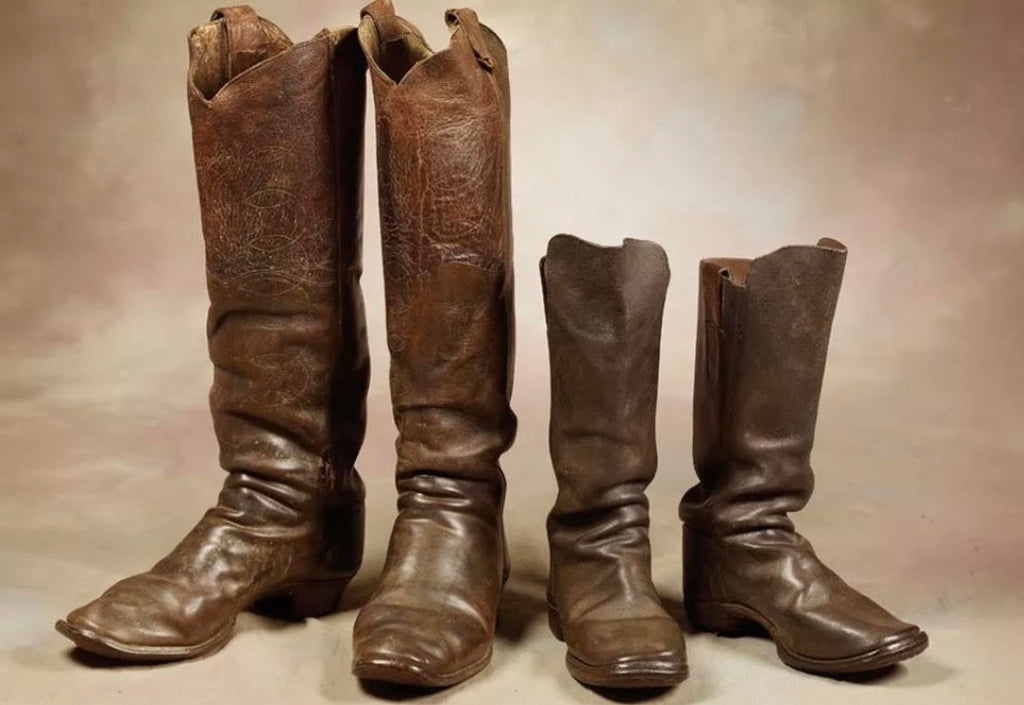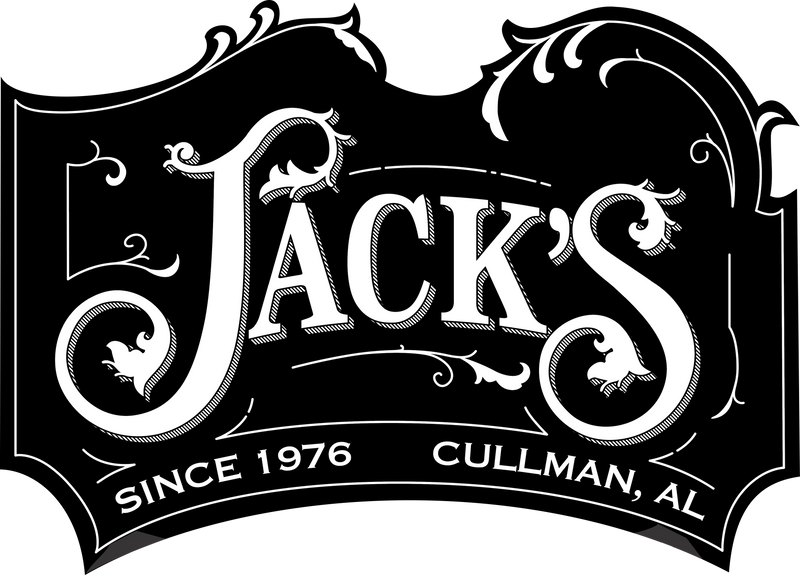The History of Cowboy Boots

Here at Jack's Western Wear, we have been selling cowboy boots since 1976. We have spent decades following the trends and seeing how technology is helping to make a better, more efficient boot.
If you think about it, the cowboy boot has gone through a remarkable journey. From rugged cattle drives to glamourous catwalks of today, it's about both practicality and fashion.
Just this week, Ariat posted its hybrid sole on social media. A hybrid sole is a combination of leather and rubber. Their post says... "Leather soles, reimagined. The traditional look you love. The modern comfort and durability you need."

The cowboy boot was invented back in the 1800s. Its origins were shaped by the demanding terrain, the necessities of cattle drives, and the need for safety during horseback riding.
Originating during the post-Civil War trail driving era, the cowboy boot evolved from the military boot. The difference was that cavalry men rode on the balls of their feet, but cowboys rode on the instep of their feet.

This lead to the insertion of the steel shank in the instep. It was sewn between layers of leather to provide support. With this extra comfort, cowboys were able to ride for longer periods of time.
In response to practical needs, the design saw innovations like pointed toes for easier stirrup entry and higher heels to prevent foot entanglement - a potentially fatal risk for cowboys.
Taller shafts, initially termed "stovepipe" offered better leg protection during cattle drives through rough terrain.
Through it all, cowboys played a pivotal role in building America.
For many, the cowboy boot is a symbol of freedom, hard work and admired values. Wearing cowboy boots or a hat connects individuals to the rich tapestry of the American cowboy culture.

Musicians have also played a significant role in popularizing the cowboy aesthetic, leading to the genre's transformation into "country and western." Their influence helped propel the cowboy boot and attire into mainstream fashion, solidifying its place in popular culture.

